Clematis microphylla
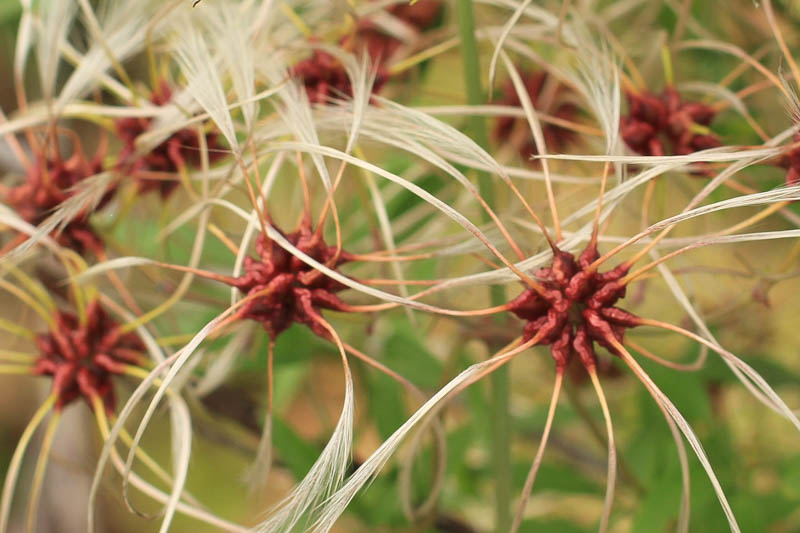
Ubiquitous, unique, fragrant, and dioecious.
On any visit to Westgate Park in winter/spring you can’t miss the sweet perfume of this small-leaved Clematis. It can scramble over the ground and climb as high as 3 meters over other plants or rocky outcrops. It’s also a great garden plant for arbors and along fences.
We take a look at why it’s so special…
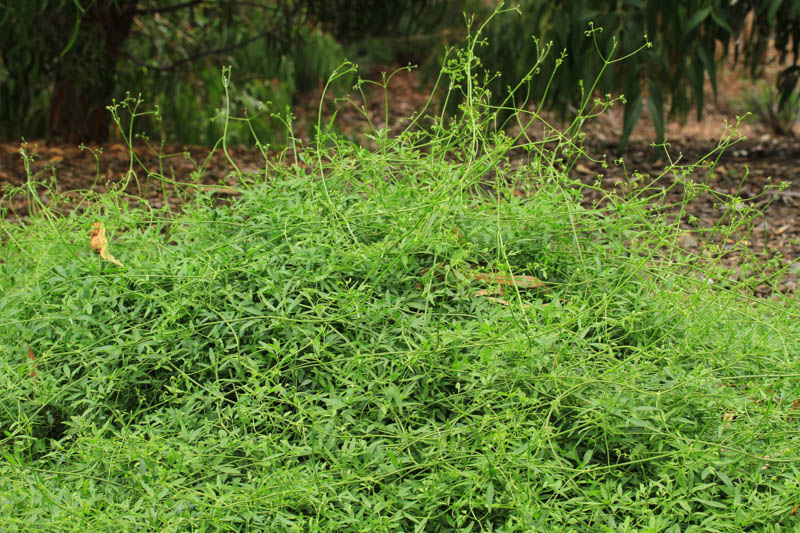

Clematis microphylla twines gently in and around the stems of its host plant without doing damage. It has strong woody stems and a single plant can have a lifespan of several decades.
Separate plants – male and female – are required to produce seed, ie. C. microphylla is dioecious and this is unusual in the plant world.
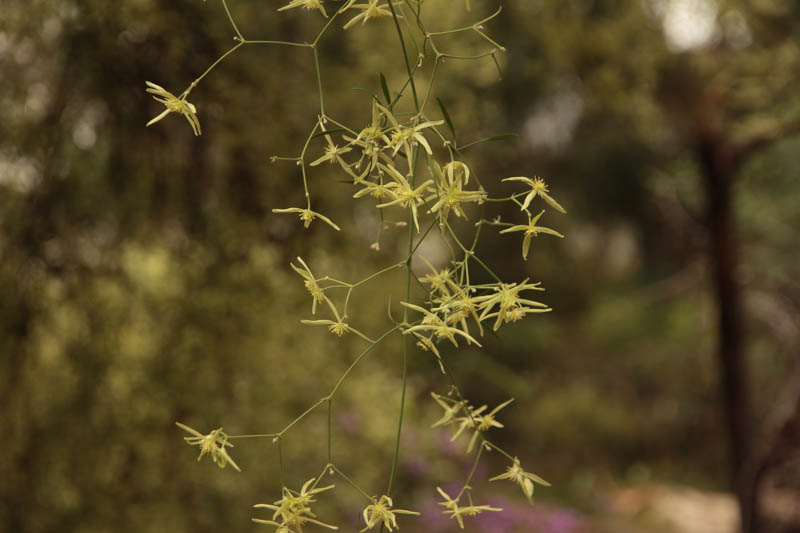

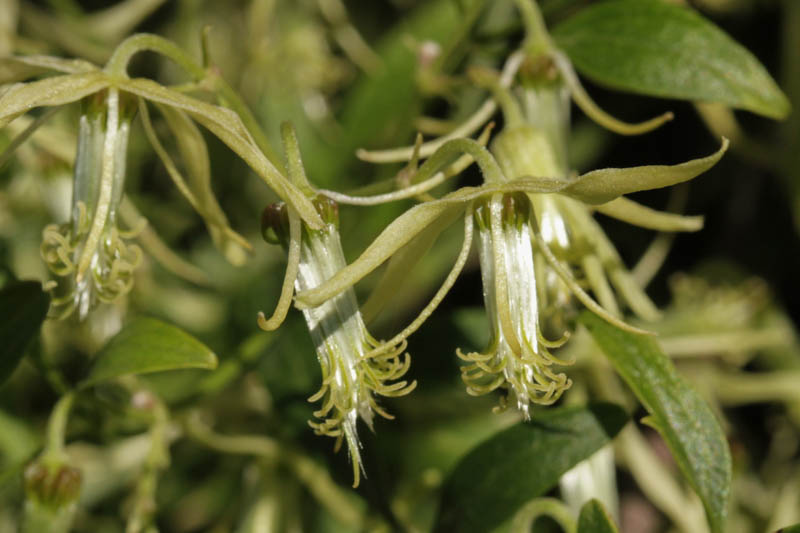

The male plant produces the pollen and has masses of star-shaped, fragrant, creamy-white flowers with 20-30 stamens. The female flower has four, oblong, creamy-white petal-like sepals and many carpels (female reproductive organs) but neither flower has actual petals.
Post-pollination
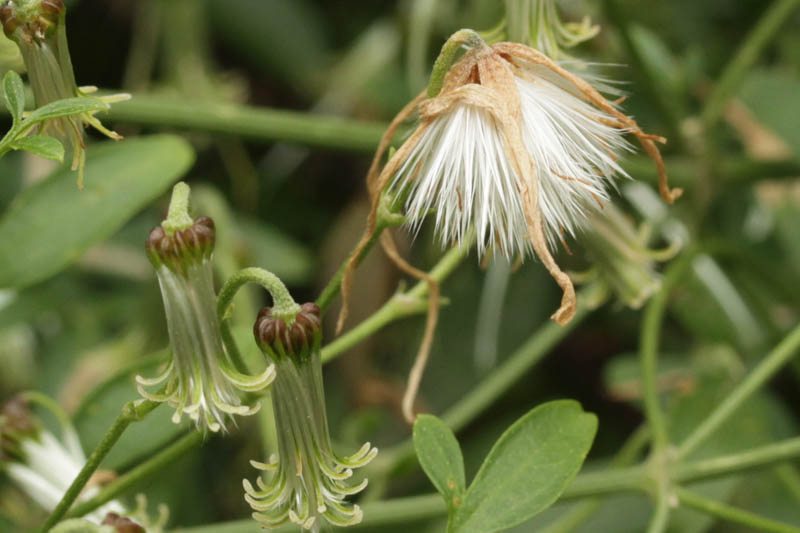

C. microphylla flowers for around four months up to October attracting bees, butterflies and other insects to its pollen and nectar. These winter flowers are also a bonanza for small, insectivorous birds.
The fruit develop over the next four months and mature from December to March. The small seeds are attached to a silver, feathery tail (or awn) and are widely dispersed by wind.
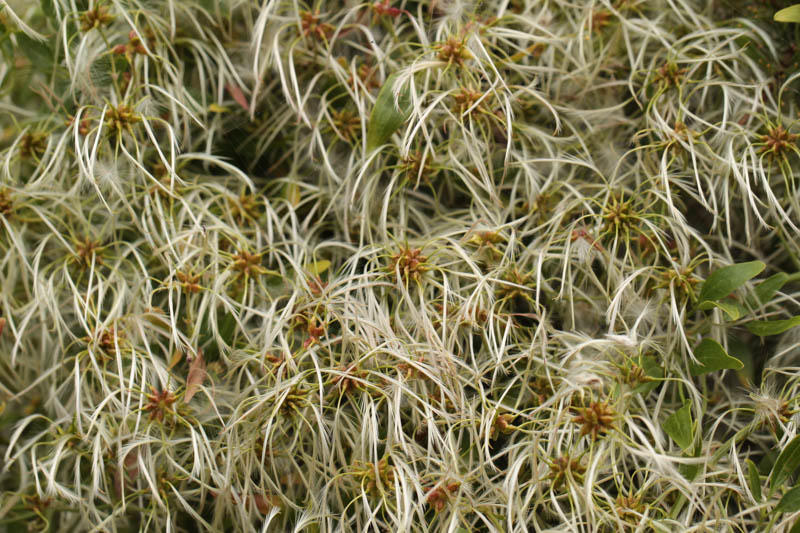
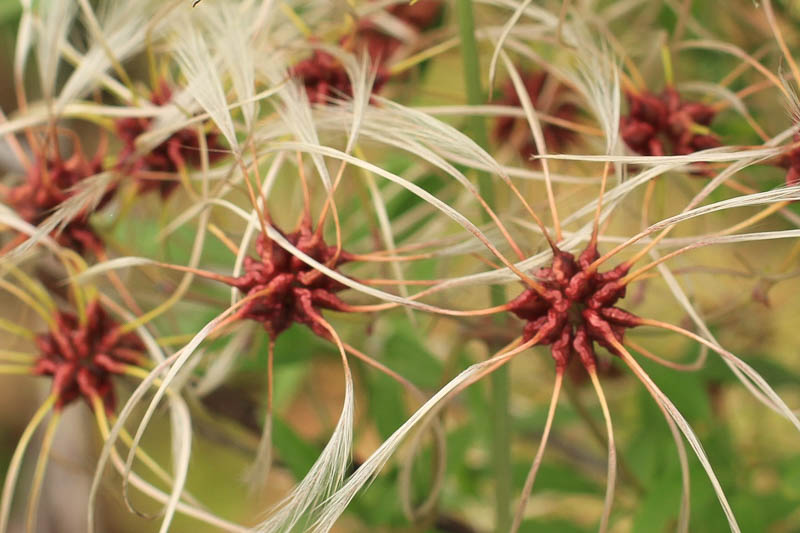
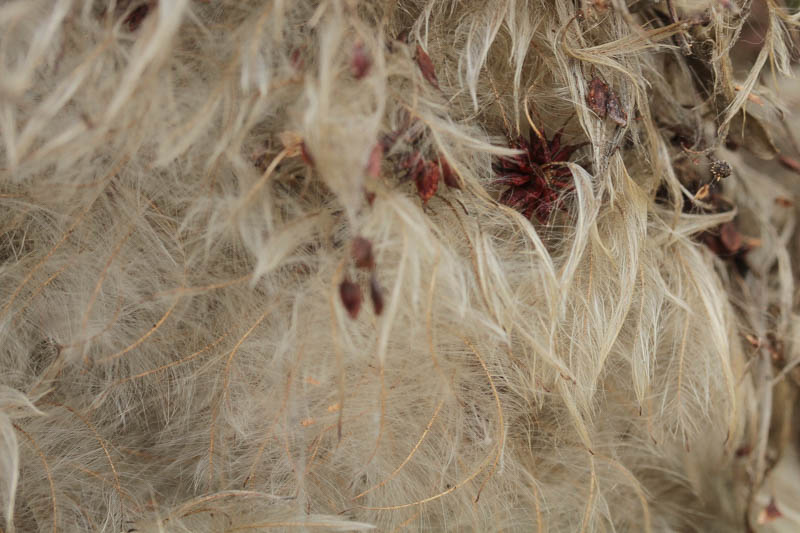

The plant provides wonderful cover for small birds and many birds line their nests with the soft feathery remains of the seed’s transport system.
We have good stocks of Clematis microphylla in our Bili Nursery – 535 Williamstown Road, Port Melbourne – and now is the ideal time to plant!
Clematis microphylla appears to have had wide application by Traditional Owners. The leaves have a peppery taste, the starchy roots were pounded and kneaded into dough, and the taproot was roasted. Leaves were used to treat headaches and skin irritation, and root fibres were woven.
